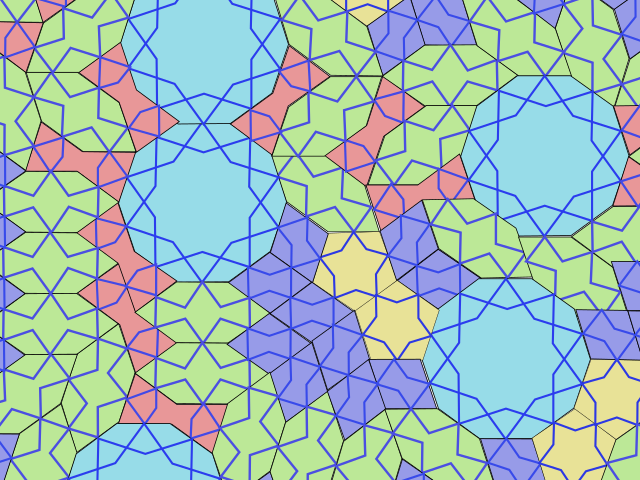Difference between revisions of "Language/Multiple-languages/Culture/Traditional-Symbols-and-Motifs:-Western-Asia"
< Language | Multiple-languages | Culture
Jump to navigation
Jump to search
| Line 44: | Line 44: | ||
!Arabic | !Arabic | ||
|- | |- | ||
| | |<div style="text-align:right">ربع الحزب</div> | ||
|} | |} | ||
https://upload.wikimedia.org/wikipedia/commons/thumb/a/ab/Rub_El_Hizb.svg/240px-Rub_El_Hizb.svg.png | https://upload.wikimedia.org/wikipedia/commons/thumb/a/ab/Rub_El_Hizb.svg/240px-Rub_El_Hizb.svg.png | ||
Revision as of 15:36, 22 February 2024

Armenian Eternity Sign
| Armenian |
|---|
| Յաւերժութեան Նշան |


Girih


Gul

Hand on Hips
| Turkish |
|---|
| el belinde |

Tree of Life
| Turkish |
|---|
| hayat ağacı |

Hittite Sun Disk


Islamic Star
| Arabic |
|---|
ربع الحزب
|


Kurdish Sun
| Central Kurdish | Northern Kurdish |
|---|---|
| ڕۆژی کوردی |
Rojê Kurdî |

Star of Ishtar


Star of Shamash


Strong Shining
| Georgian |
|---|
| ბორჯღალი |



Other lessons
- How to become a polyglot
- How to contribute to wiki lessons (FAQ)
- Largest Retailing Websites around the World
- Introduction to Common Han Characters
- Traditional Architectures: Melanesia
- Texts and Audios under a Public License
- Natural phenomena
- Ordering with Letters
- Different ways to greet in the world
- Traditional Architectures: Eastern Asia
- Introduction to Writing Systems
- Websites of Cuisine Recipes
- Wiki Notice Board
- Video Games with Real‐Life Occupations
- Helpful Anki Shared Decks